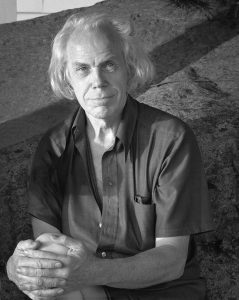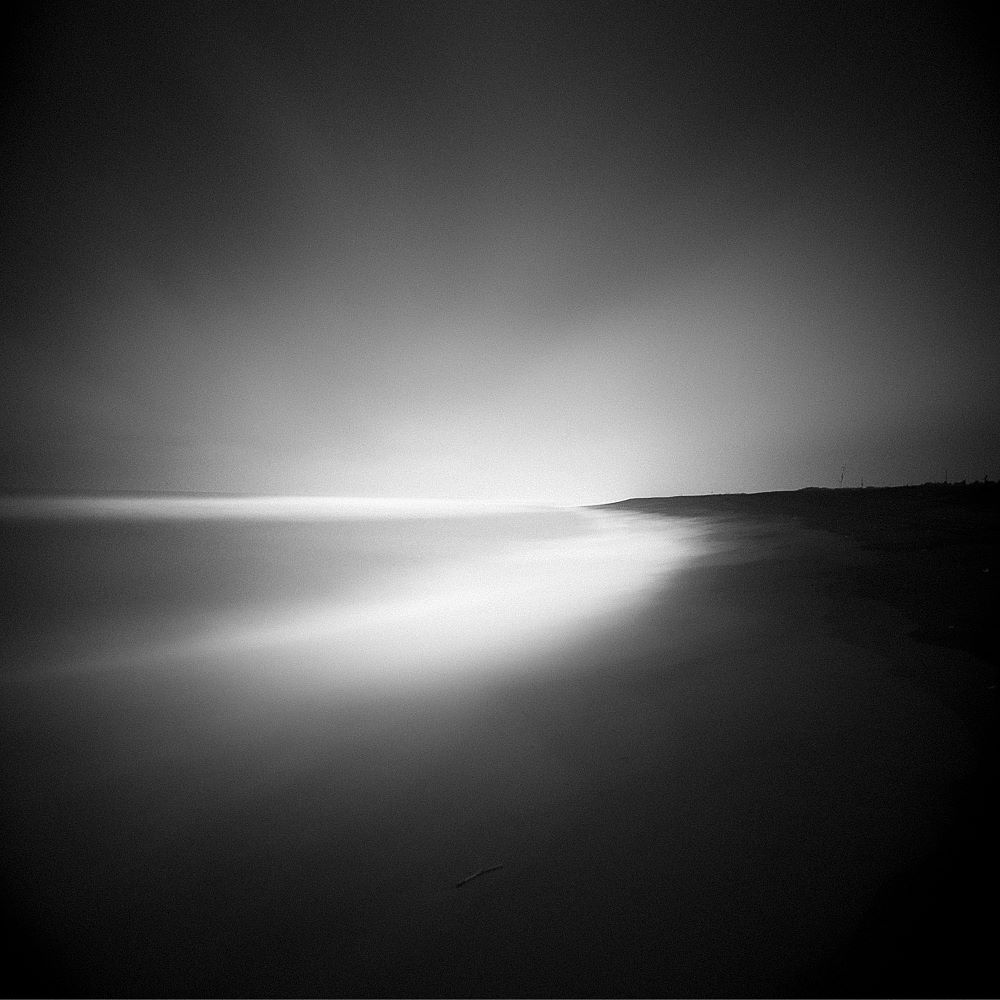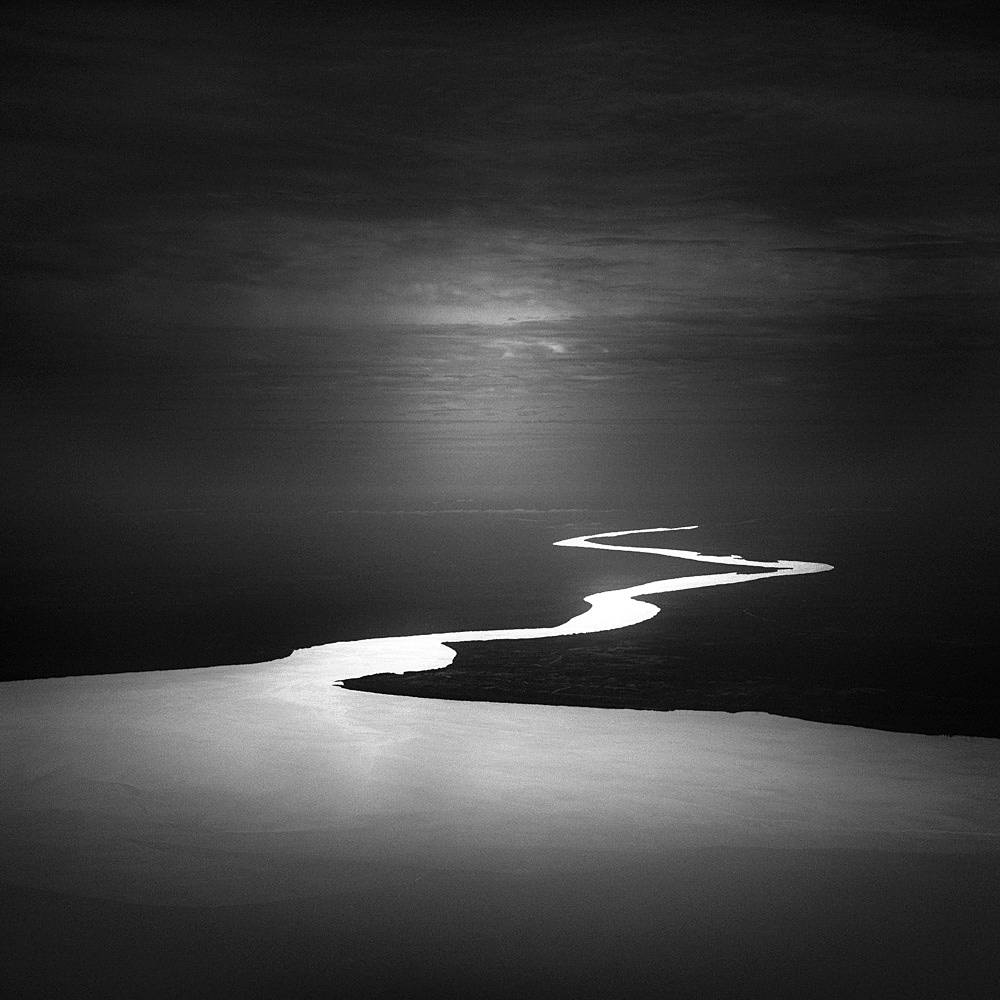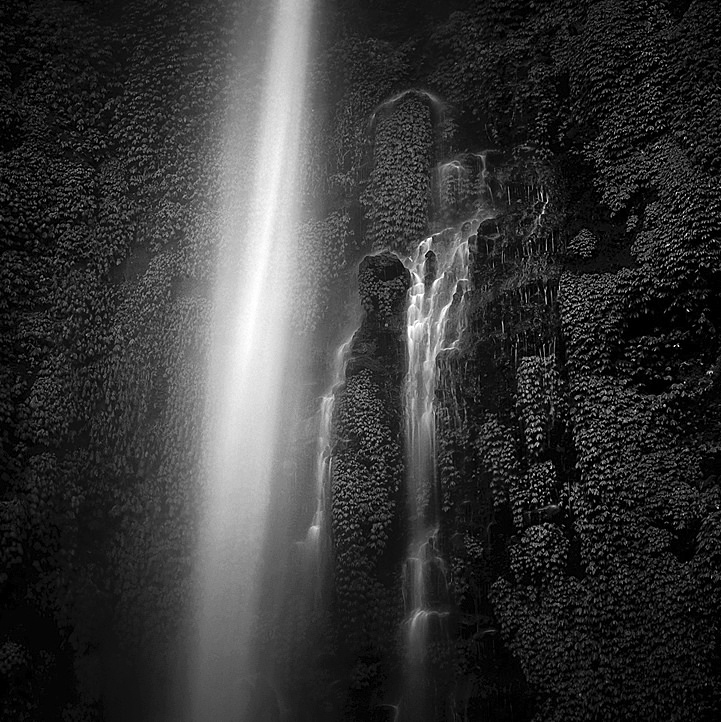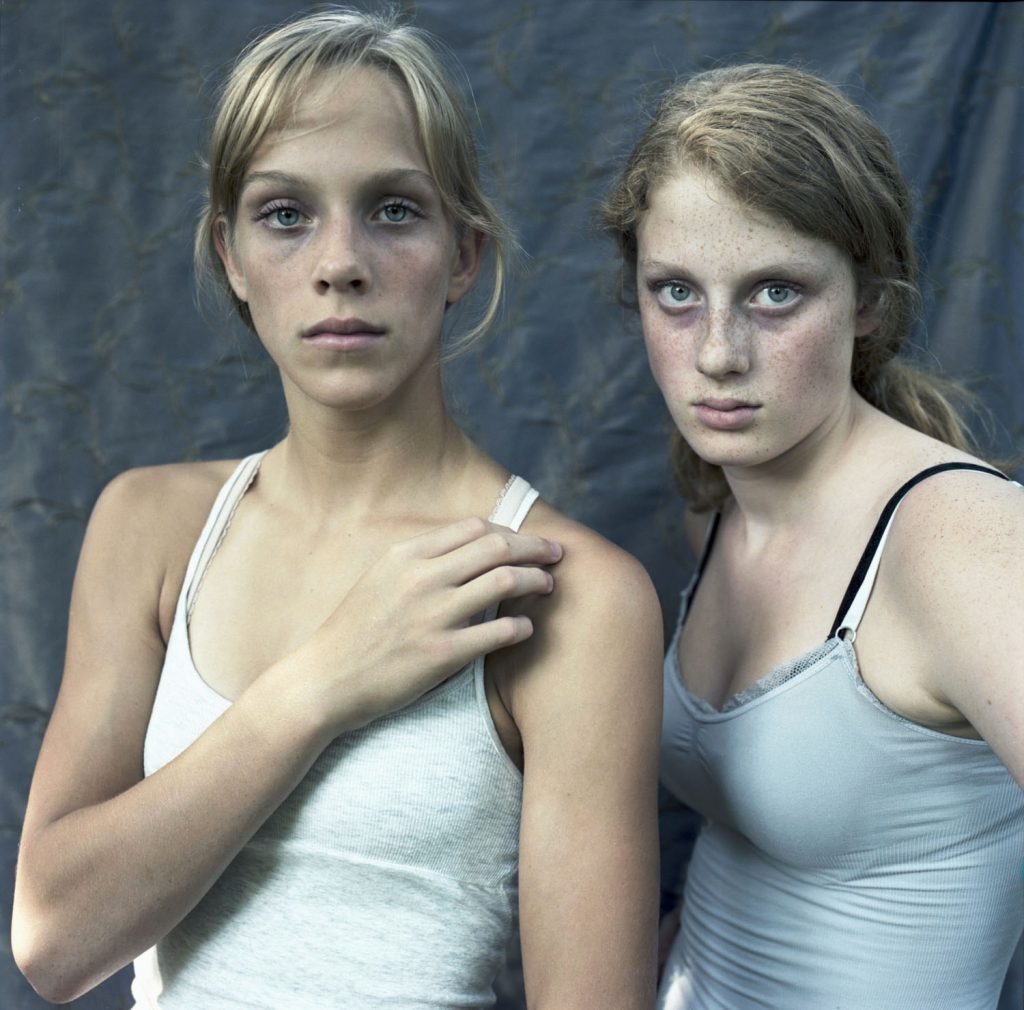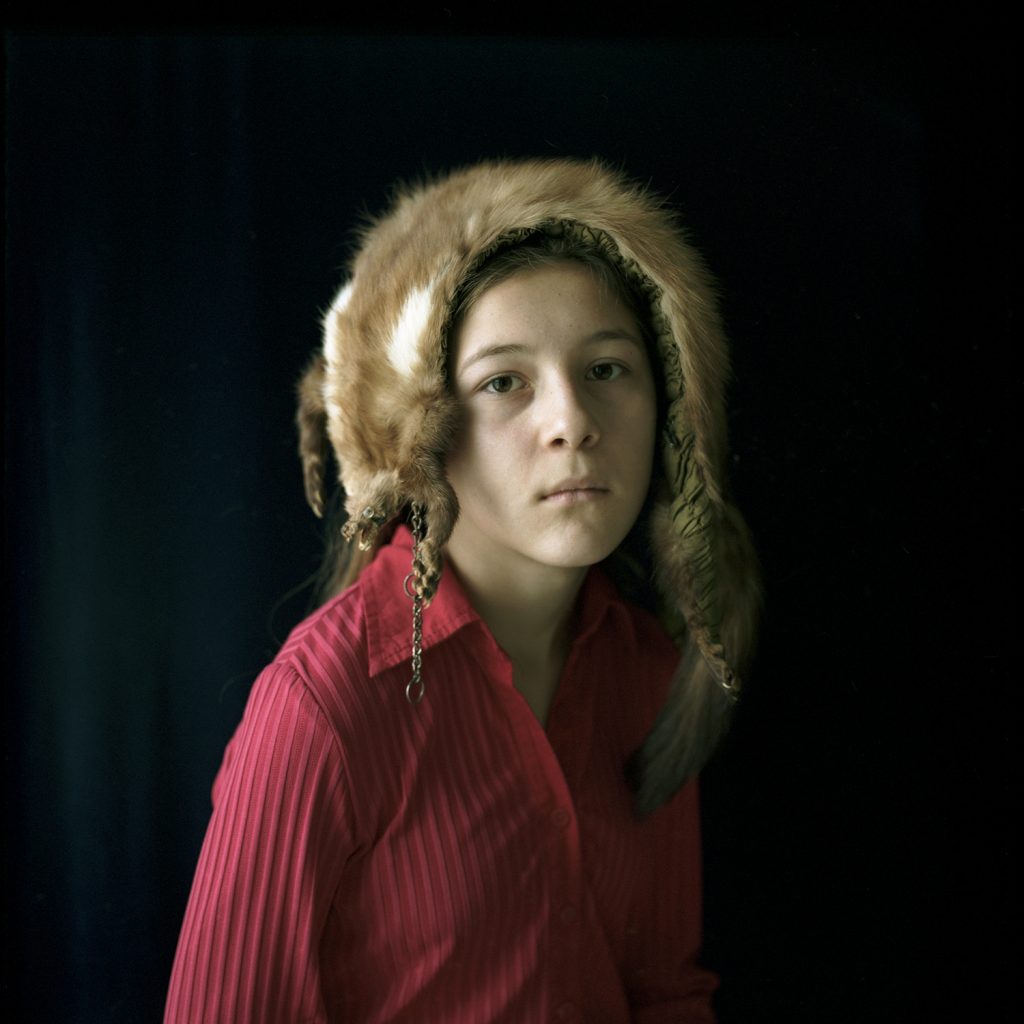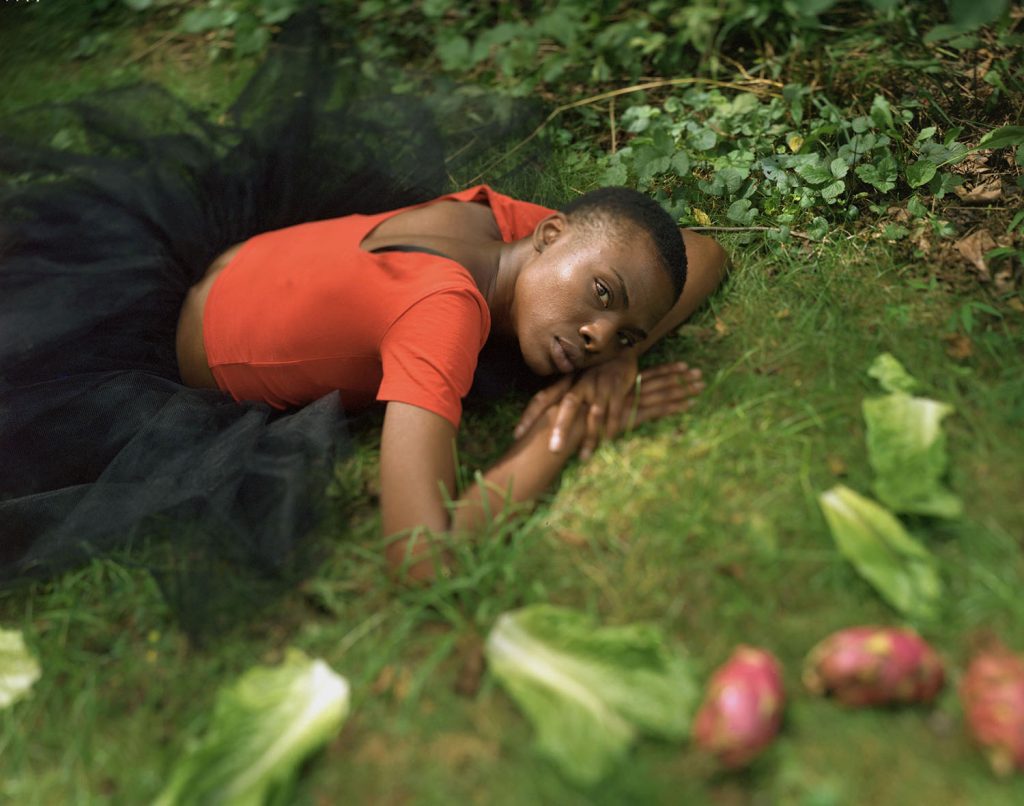I explain that I must start by looking back to my own roots. I grew up in a golden age of photography. The fine art and documentary photographic community was rather small and intimate at mid-century. My peers and I had personal contact with many photographers who are now considered highly influential and made significant contributions to the medium, such as my teacher Minor White, as well as Paul Strand, Ansel Adams, Robert Frank, Imogene Cunningham, and many others. Although they varied greatly in their personalities and photographic approach, I observed one singular trait they all had in common that touched me deeply and contributed to the dialogue found in Zen Camera.
These photographers, without exception, had and gave freely of their attention. I felt a living presence behind their eyes. They looked and saw, and this quality of deep perception drove the transformation of their ideas, experiences, and impressions into images. Although they studied and mastered their techniques, they rarely talked about making “good” photographs. Rather, they spoke of their observations and their impressions of the world, of themselves, and the nature of the interaction between the two. Aided by the camera, sight was their medium. They paid attention and this quality of present-moment awareness became the generating force for their lives and work. This observation on my part, above all else, shaped the structure of the lessons in Zen Camera.
In the present time, the two contemporary photographers that immediately spring to my mind that embody the material in Zen Camera are Hengki Koentjoro and Lydia Panas. Both are mid-career photographers, have a good deal of visibility, and are peers and colleagues of mine. They both reflect in their work the developmental aims and ideas found in my book; each for different reasons.
Much of what I advocate in Zen Camera is a form of mindful photography – paying attention with a camera to the inner and outer world simultaneously. The dance between self and the world is what generates many of our images and infuses them with energy and resonance. With a camera in our hand, we are encouraged to cultivate mindful attention and strive towards a holistic awareness that simultaneously encompasses self and subject equally. We watch the unfolding moment of the subject while staying in touch with our thoughts, feelings, and sense impressions. A moment comes when we click the shutter that expresses the heart of the subject and gives voice to our response to the world. The resulting photograph is both a mirror and a window. This moment has magic and force and far transcends the shallow reflection of the selfie aesthetic.
Dream Landscapes of Hengki Koentjoro
Hengki Koentjoro lives and works in the island nation of Indonesia and is a graduate of Brooks Institute in California. His work is exhibited internationally and published both in print format and extensively on social media. His mindful approach to photography has generated a body of images infused with a reverberating presence that reflects the spiritual dimensions of the land. He is predominantly a B&W landscape photographer and his images contain deep paradox. They eloquently speak of the stunning beauty of our threatened planet—and simultaneously reflect the resonances found within the inner world through meditation and contemplation. A clear heir to the great landscape tradition of Ansel Adams and Edward Weston, Hengki’s work contains an admixture of depth, mystery, and power—balanced against the recognition of the fragility and uncertainty of the state of the nature in the world today. Much of his work acknowledges the sacred dimensions of life, especially as reflected in the mythic quality of the Indonesian landscape.
Hengki says of his own minimal aesthetic and mindful approach to photography: “It strips all the unnecessary things and just expose the very origin of meaning in life. In minimalism, less is more. Minimalism has that meditational element which I need to replenish oneself once in a while; deep in contemplation and mindfulness.
I’m looking to create atmosphere that is bordering between the real and the surreal. It’s the place right in the middle, the border, the Yin and Yang.”
Due to his mindful, Zen approach and because his images have the potential to awaken presence and a quality of deep attention in the viewer, I had even considered asking Hengki to use one of his images on the cover of Zen Camera. In the end, I agreed with my publisher’s well-reasoned argument to use one of my own on the cover, as the author of the book, and to use Hengki’s images to illustrate the interior text.
Intimate Portraits of Lydia Panas
Lydia Panas is a widely exhibited and published photographer who has achieved much acclaim and recognition for the penetrating, even haunting, power of her portraiture. She works in color, uses film, and often creates impromptu portrait studios in natural environments. She is the author of two monographs: The Mark of Abel and Falling from Grace. Her portraits reside on a finely-tuned edge. Her subjects are remarkably open and unguarded, which is a tribute to the photographer. Her photographs reflect the vulnerability of our longing for connection with others and the powerful feelings that arise from exposing our fragile truths to another without even a hint of sentimentality. And they show the tenuous, enduring beauty of the human condition with a clear gaze and without any kind of cliché.
What I find most significant about her work is the way in which her intimate portraits emerge as a clear byproduct of her process of working with people. In Zen Camera, I advocate using the camera as a tool for deep looking and as a means of heightening our experience of the world and others.
Lydia explains her process: “My photographs are about looking, longing and love.… There is almost nothing I would rather do than look at someone through the lens of my camera. It’s hard to describe what it feels like, a seduction of sorts or a way of connecting. It has got something to do with desire. We see one another and we don’t have to speak or smile. The photograph is a record of our connection; intimate, intense and very present.”
Lydia’s work mirrors one of the aims of Zen practice: the cultivation of deep compassion, empathy, and a quality of Agape, or love for the human condition. Through the attentive engagement of her gaze and in the way she fosters a deep connection to the subject through a camera, Lydia’s work can evoke in the viewer a state of mindful seeing. The viewer confronts the subject and themselves in a non-judgmental way with deep acceptance and compassion for our shared humanity.
Alissa Guzman writes in Hyperallergic of the experience of viewing Lydia’s portraits: “Without judgment, we are left looking at our own emotional reflections, staring into faces expressing all too familiar vulnerability, uncertainty, sadness, curiosity, love, and tenderness.”
As I write in Zen Camera, photographs can communicate, but they also evoke states of being in the viewer. In the work of Hengki Koentjoro and Lydia Panas, their images arise through present-moment awareness and the power of looking. Their photographs grow directly from the human experience. They embody the oft-stated dictum, “Show, don’t tell,” and can help awaken presence and awareness in the viewer.
I feel a sympathetic correspondence to Hengki and Lydia. I have never met Hengki, but we have corresponded frequently over the past several years and collaborated by my using several of his images to illustrate ideas found in my blog.
And, several years ago, I started using some of Lydia’s portrait images in my slideshows on contemporary photography in my classes. I was struck by the complexity of emotion and the powerful dynamics evident in her work. Lydia and I have been in touch recently and she reminded me that she was a student in my classes at the Art Institute of Boston (Now Lesley University College of Art and Design) over thirty years ago.
I have great admiration for the work of both Hengki and Lydia and am honored that their images grace the pages of Zen Camera. I wish them much continuing success.
For more information on Zen Camera, please view my website, www.zen.camera. The book can be purchased through Amazon, Barnes and Noble, and IndieBound.

